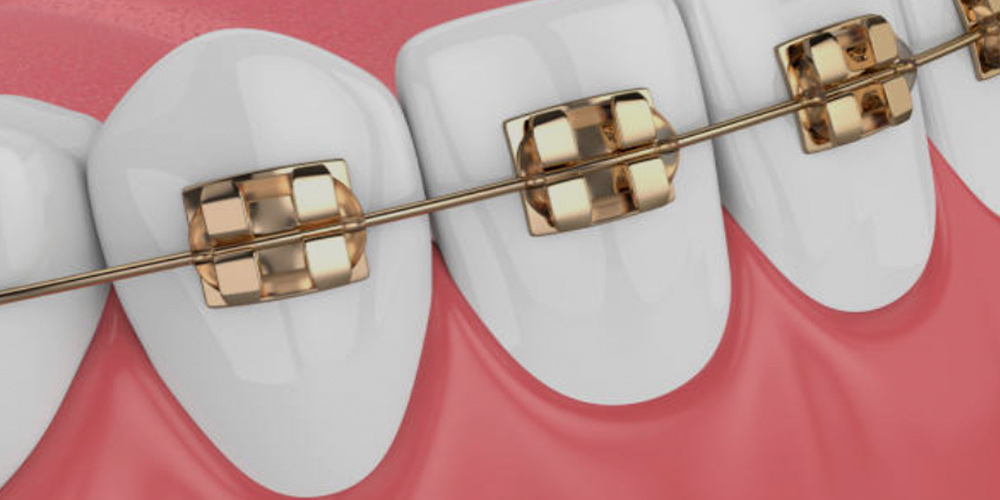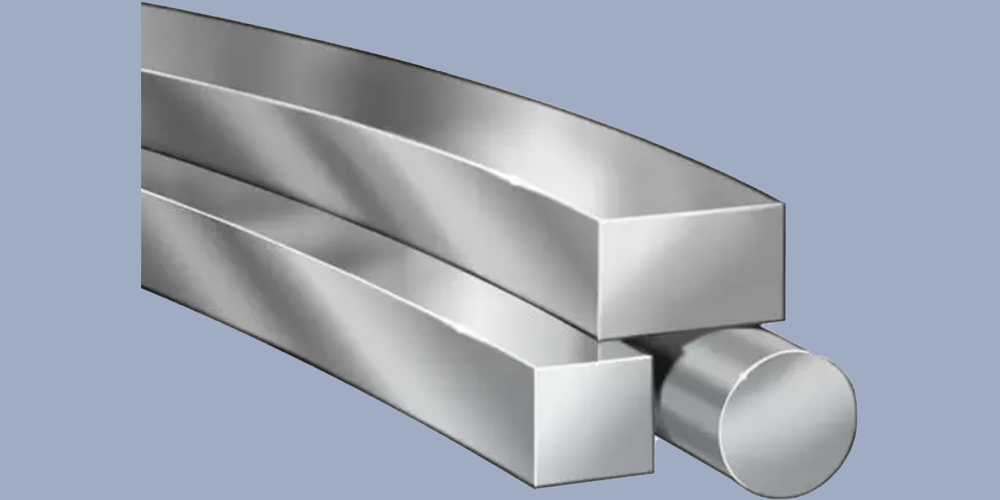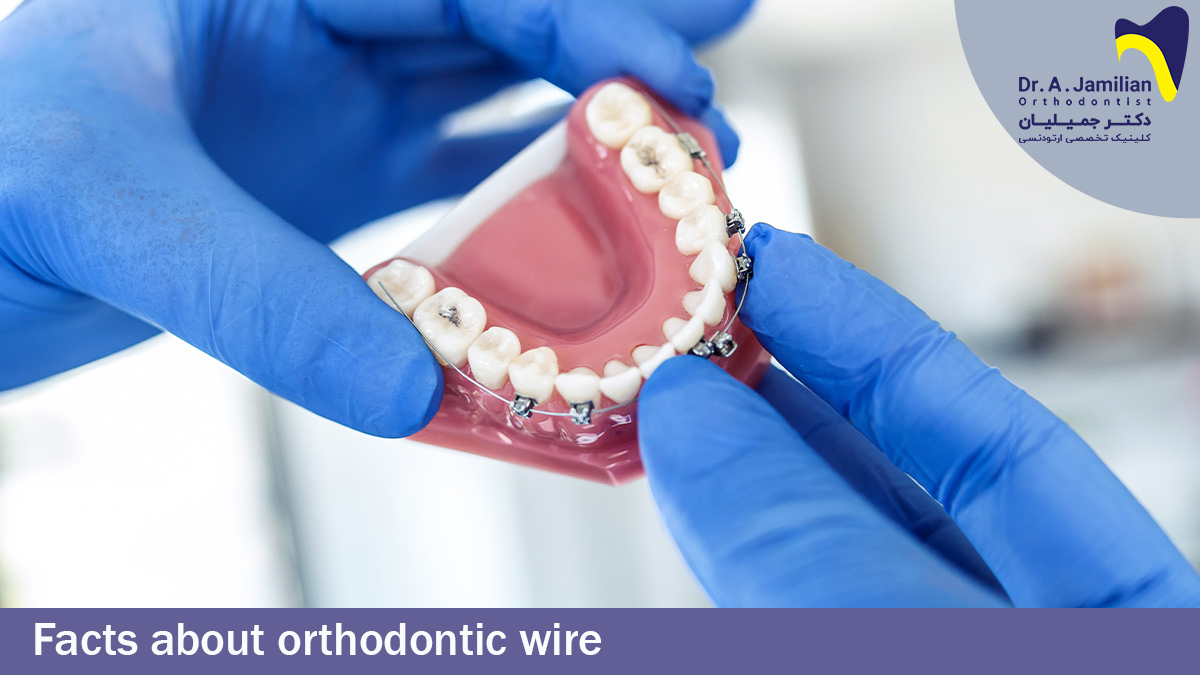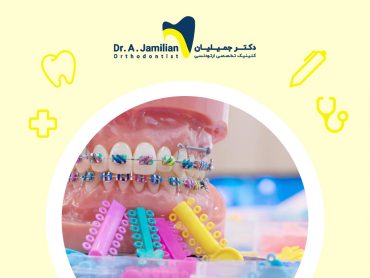Today, one of the most common dental treatments is orthodontics. It’s very popular among different classes of society. Aligning the teeth or placing them in their proper anatomical position is the main use of Orthodontics. This is done by using orthodontic braces that include: brackets and wires.
An orthodontic wire or arch wire is a metal wire that is placed in the orthodontic bracket groove and applies the desired force on the teeth, gums, and jaw to change the teeth position. In fact, the orthodontic wire is responsible for moving and shaping the teeth.

Evolution of Orthodontic Wires
The wires used in orthodontic treatment, like all other tools, have evolved a lot over time. In the past, the gold wires were used in orthodontics. Today, these wires are made of stainless steel, nickel, copper, and titanium. (These all are depending on the location and application of each). In addition, the cross-section of orthodontic wire has evolved over time, turning from absolute round to square or rectangular.
The most effective factor in the evolution of orthodontic wires may be the friction between the wire and the groove on the bracket. Too much friction between the wire and the bracket groove will significantly affect and even may disrupt the movement and functionality of the teeth.
It should be noted that the position of the tooth and the degree of deviation from the normal position is also effective in creating friction between the orthodontic wire and the bracket. That is why orthodontic wire manufacturers and researchers are always looking for solutions to reduce this friction and improve the performance of orthodontic wires.
Determining the exact size of orthodontic wires based on the sizes of brackets and braces, as well as trying to create smooth and even surfaces in the wires, seem to solve this problem.
Different Types of Orthodontic Wires
Different types of orthodontic wires vary in their thickness and cross-section. In fact, by examining the dental condition and the degree of tooth disorder, the orthodontist uses orthodontic wires with different thicknesses and cross-sections in different stages of orthodontic treatment.
In other words, it is the thickness and cross-section of the orthodontic wire that determines the amount of friction, flexibility, and complete control over the dental movements.
Orthodontic wires are divided into three general categories in terms of cross section. These are the following: round wire, square wire, and rectangular wire.

Round Orthodontic Wire
The cross-section of these wires is completely round and they are usually used in the early stages of orthodontic treatment for regular alignment of the teeth. Round wires, due to their greater elasticity compared to other wires, are suitable for uniform coverage of all teeth.
Although, it may seem at first glance that round orthodontic wires are a good choice due to better slip and less friction. However, these wires do not have the ability to apply a controlled pressure for movement of the teeth due to the lack of torque control on the bracket.
Square orthodontic wire
Clinically, square wires are suitable for moving teeth during the orthodontic process. These wires have performed better than round and rectangular wires in many dental movements and in terms of controlling these movements.
In addition to having good motion control, the square orthodontic wire has the advantage of mechanical sliding of round wires, at least compared to rectangular wires. However, the small width of the square orthodontic wire can be considered as a defect in this type of wire.
Rectangular Orthodontic Wire
Rectangular wire has a higher ability to control dental movements than round and square orthodontic wires. As a result, rectangular wires are used in the final stages of treatment in many cases of orthodontic treatment.
It should be noted that the lack of elasticity, or in other words, excessive stiffness of the wires, causes excessive pressure on the brackets and the bracket separates from the tooth. Therefore, using rectangular orthodontic wires requires a lot of skill and precision.



